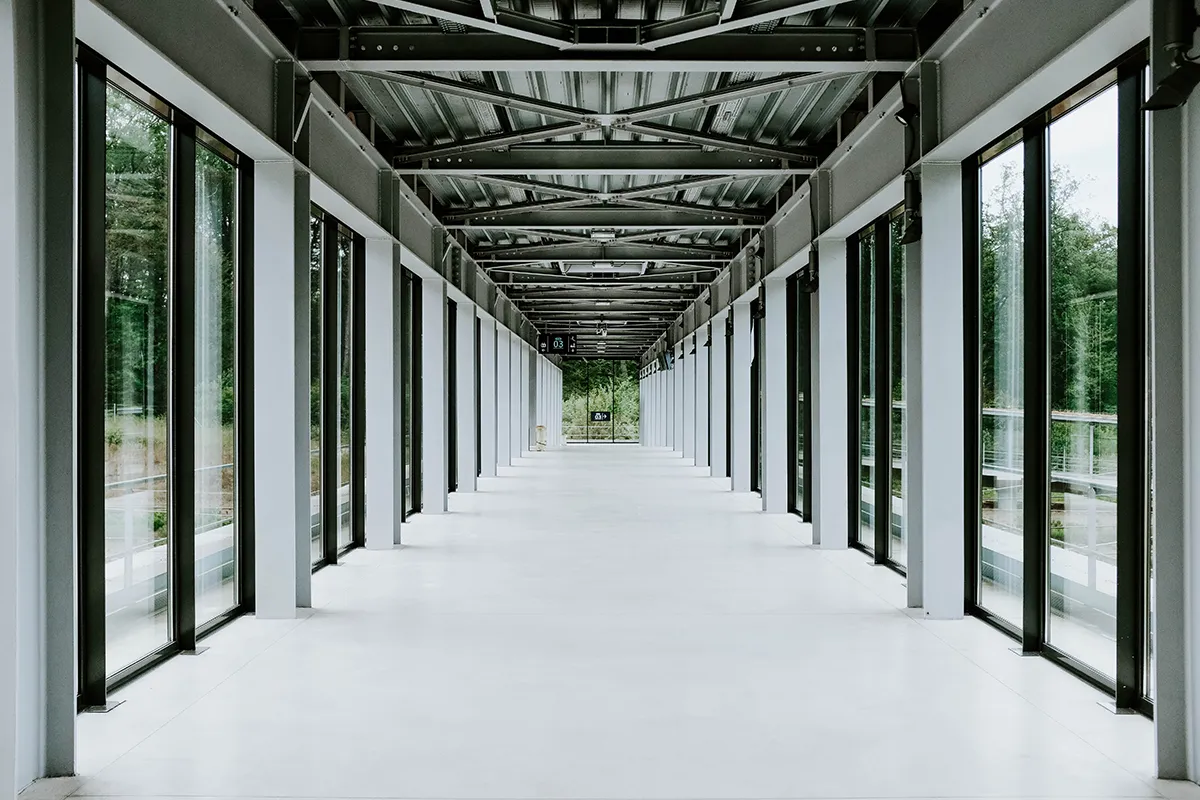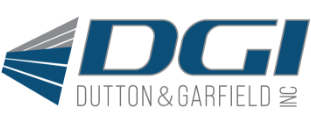
Maximizing Natural Ventilation in Commercial Buildings
In the quest for more sustainable and health-focused commercial spaces, maximizing natural ventilation has emerged as a key strategy. Beyond merely enhancing indoor air quality, incorporating natural airflow can significantly reduce energy consumption and create a more comfortable and productive environment for occupants. At Dutton & Garfield, Inc., we understand the critical role ventilation plays in building design and function. This article explores the benefits and best practices for integrating natural ventilation in commercial buildings, ensuring that our clients are equipped with the knowledge to make informed decisions for their projects.
The Benefits of Natural Ventilation
Natural ventilation moves air through buildings without mechanical means, relying instead on windows, doors, vents, and other architectural features. This approach offers several compelling benefits:
- Improved Air Quality: It reduces the concentration of pollutants, allergens, and moisture, creating a healthier environment for building occupants.
- Energy Efficiency: By decreasing the reliance on air conditioning and heating systems, natural ventilation can lead to substantial energy savings and lower utility bills.
- Enhanced Occupant Comfort and Productivity: Fresh air and temperature regulation contribute to a more comfortable indoor climate, which can boost productivity and occupant satisfaction.
- Environmental Sustainability: Reducing the need for mechanical cooling and heating contributes to a building's overall sustainability profile, aligning with green building standards and certifications.
Design Strategies for Maximizing Natural Ventilation
Incorporating natural ventilation into a commercial building requires careful planning and design. Here are several strategies that can enhance airflow and ensure effective ventilation:
- Strategic Placement of Windows and Vents: Windows and vents should be placed to take advantage of prevailing winds and to facilitate cross-ventilation, drawing fresh air through the building.
- Use of Thermal Mass: Materials that store heat during the day and release it at night can help regulate indoor temperatures and promote natural airflow.
- Installation of Operable Windows: Windows that can be opened and closed by occupants allow for adjustable ventilation and can be designed to maximize airflow while minimizing security risks.
- Incorporating Atriums and Courtyards: These architectural features can act as ventilation shafts, encouraging vertical air movement and contributing to the building's aesthetic appeal.
Optimizing Building Orientation and Layout
The orientation and layout of a building are fundamental in maximizing natural ventilation. Through intelligent design, we can harness the natural environment to our advantage:
- Building Orientation: Aligning the building to take full advantage of prevailing winds and natural breezes can significantly enhance airflow.
- Interior Layout Optimization: Open floor plans and strategically placed internal courtyards facilitate the movement of air throughout the building, avoiding stagnant zones.
- Ventilation Pathways: Incorporating specific architectural features that create pathways for air to flow freely, ensuring that fresh air reaches all parts of the building.
Integrating Ventilation into Building Aesthetics
Natural ventilation does not have to compromise a building's aesthetic appeal. On the contrary, it can be seamlessly integrated into the design, enhancing the building's visual and functional qualities:
- Aesthetic Vent Features: Louvers, vents, and operable windows can be designed as integral, visually appealing elements of the building façade.
- Natural Ventilation Landscaping: Strategic landscaping can not only beautify the surroundings but also direct breezes into the building, improving ventilation.
- Indoor-Outdoor Continuity: Creating spaces that blur the lines between indoor and outdoor areas can encourage airflow while adding to the aesthetic and spatial experience.
Technological Advances Supporting Natural Ventilation
Leveraging technology is crucial in optimizing natural ventilation strategies. Innovative solutions can enhance airflow and ensure that ventilation contributes to a building's overall efficiency and comfort:
- Automated Window Systems: Windows equipped with sensors can automatically open or close based on temperature, humidity, and air quality, maximizing comfort and energy efficiency.
- Computational Fluid Dynamics (CFD) Simulation: This advanced simulation technology allows for the modeling of air flow within and around buildings, informing design decisions that optimize natural ventilation.
- Integrated Building Management Systems: These systems can monitor and adjust the indoor environment, seamlessly integrating natural ventilation with mechanical systems for optimal air quality and comfort.
Breathe Easy with Dutton & Garfield, Inc.
At Dutton & Garfield, Inc., we understand the importance of creating commercial spaces that are not only functional and efficient but also sustainable and comfortable for occupants. Maximizing natural ventilation is a key component of our design strategy, reducing reliance on mechanical systems, lowering energy costs, and enhancing indoor air quality. By integrating advanced design techniques, optimizing building orientation, and leveraging technology, we deliver projects that stand the test of time.
Are you ready to enhance your commercial building with efficient, sustainable natural ventilation? Contact Dutton & Garfield, Inc. today. Our team is here to guide you through every step of the process, ensuring your project's success.
